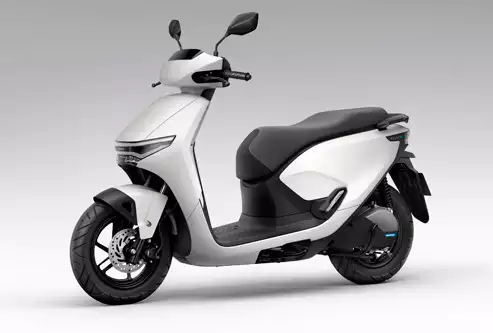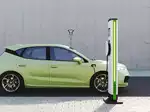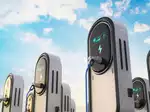Honda entry to shake up electric two wheelers, Hero to cover all price points in 6 months

As Honda comes in, Indian legacy two wheeler manufacturers are already shaking up the e2w market. Two of the biggest, TVS Motor Company and Bajaj Auto, have made rapid inroads as Ola - an electric-first company - ceded market share in 2024. The legacy players had several winning cards up their sleeves - a well established and wide sales and distribution network, quick turnaround in launching mass market products and building consumer trust as the market leader faced consumer ire due to frequent product breakdowns and its inability to address service issues at a large scale.
Of course, Ola is now addressing both these issues by ramping up its service network. And products from TVS and Bajaj (iQube and Chetak) have also had their share of quality issues.
But the legacy OEMs’ grip on the electric vehicle market has tightened nevertheless. By October this year, at least four in 10 electric two wheelers sold were from TVS and Bajaj together, as Ola shrunk to account for just a third of the overall market.
Honda’s electric mission:
Honda is about trust, said an electric-first OEM promoter. “India is anyhow a trust deficit market and new EV players have somehow amplified the trust deficiency due to poor service. Large OEMs are gaining market share as they are able to solve that trust deficiency. Since Honda is reminiscent of longevity and trust in the scooter market, with a good product they can play a strong role in expanding the market share of electric versus ICE two wheelers,” this person said, requesting anonymity.
In the Honda Report for 2024, the company has termed 2024 as the “inaugural year” for the global expansion of its electric motorcycles (Honda calls all two wheeler motorcycles) so that this is the beginning of a full-scale entry into the electric two wheeler market. The report also says that in the near term, Honda will introduce battery-swapping models with “Honda Mobile Power Pack e: (MPP).”, targeting the rapidly growing e2w markets in India and ASEAN countries. “By 2025, Honda plans to launch models with fixed batteries, broadening the product lineup,” it says.
HMSI’s former President and CEO Atsushi Ogata had said last year that the company was setting up a separate unit at its Narsapura plant in Karnataka to roll out e2w. He had been confident that Honda will make an impact in the Indian e2w space, specially within the “medium speed” segment.
Meanwhile, industry sources said that the launch of Honda Activa Electric will be done in phases, beginning with markets in the South, followed by the West and parts of North India. In the second phase, the vehicle will be made available in Central and East India and parts of Uttar Pradesh.
When contacted, Ashish Pande, state chairperson for the Federation of Indian Automobile Dealers (FADA), said from Bhopal that dealers have not been told about which price band will Activa Electric occupy.
But in the 2024 report, the Japanese company has said that the India specific electric product will “maintain the practicality of mass market model and global model featuring advanced features such as in-vehicle infotainment”.
Pande said that dealers “have been getting enquiries about the electric Activa for about one year now. People are waiting for a Honda because of strong equity, especially for brand Activa. HMSI has indisputable leadership in the scooter market already.”
Hero lags
In the midst of all the shakeup in e2w pecking order in which Bajaj and TVS have gained market share, however, the ICE market leader Hero MotoCorp has remained an insignificant player. Though its monthly sales doubled in the September quarter to 5000 units per month, overall market share was just 5.4%. The company has taken it slow in the electric two wheeler space till now.
CEO Niranjan Gupta told analysts recently “...We always said that in EV, we started at the top end. And obviously, the market has moved a lot to a price segment, which is our more affordable range. We've taken a bit of our time. We've been conscious about that in balancing and now we will be expanding to cover the price range there.” Hero is planning to cover most price points in e2w market within the next six months through multiple new product launches, company officials said in the interaction with analysts.
Hero was the erstwhile Indian partner of Honda before the Japanese company parted ways and then went on to give Hero a tough competition within ICE two wheelers. What happens in the e2w segment now, where Hero is also looking to ramp up its presence as Honda marks its entry with the wildly successful Activa brand?
“We do not take Honda lightly”, said another two wheeler industry veteran, citing Honda’s rise after its breakup with Hero in ICE two wheelers. Honda is now neck and neck with Hero. As per latest data from the Society of Indian Automobile Manufacturers (SIAM), Hero MotoCorp sold 35,97,150 units in the domestic market with over 29% share between April and October this year. In the same period, HMSI sold 34,34,539 units at nearly 28% share. On the export front, though, Hero sold less than half the units shipped by HMSI, so that in terms of total units sold between April-October period, HMSI trumped Hero Motocorp.
To learn more about the electric vehicle ecosystem and meet the key industry leaders, click here.

